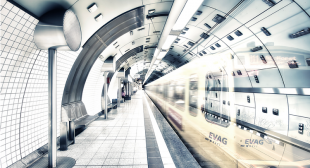Bildwerker is a photographer with a passion for abstract architecture, his work is focused on the graphic elements of the buildings he works with. He successfully brings out the strong aesthetic value of the architecture in his images. He located in the south-west of Germany, more precisely in Freiburg.
Blog
-
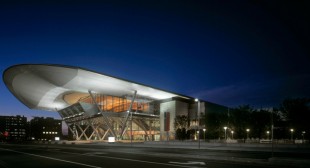
Brad Feinknopf
Mark Bradly Feinkopf’s career started out by assisting famous photographers such as Richard Avedon, Robert Mapplethorpe, Arnold Newman and Joyce Tenneson, and beacause he is also the son and grandson of architects, this might be part of a logical explanaition for his understanding of the architectural photography genre. Feinkopf studied design at Cornell University in New York City. In 1988 Feinkopf returned from working in New York, to his hometown of Columbus, Ohio to establish a photographic studio that would excel in providing its clientele the utmost of quality and service in architectural, interior and corporate photography. An approach to photography, that is both traditional in process yet cutting edge in technology, Feinkopf photography utilizes some of the top digital equipment and superior retouching services available in the industry today. Feinkopf is also a frequent writer and lecturer on architectural photography.
-
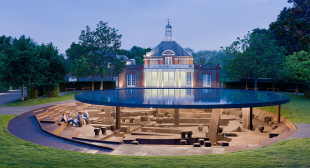
Iwan Baan
Dutch photographer Iwan Baan is known primarily for images that narrate the life and interactions that occur within architecture. He has challenged a long-standing tradition of depicting buildings as isolated and static by representing people in architecture and showing the building’s environment, trying “to produce more of a story or a feel for a project” and “to communicate how people use the space”. Born in 1975, Iwan grew up outside Amsterdam, studied at the Royal Academy of Art in The Hague and worked in publishing and documentary photography in New York and Europe. He is one of the most widely published architectural photographers in the world.
-
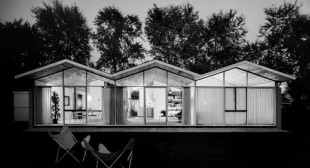
Balthazar Korab
Balthazar Korab (1926–2013) — architect and photographer, has documented the places where we live and work. His photographs have been exhibited in prominent museums such as; The Museum of Modern Art–New York, The Detroit Institute of Arts, Centre Canadian d’Architecture–Montreal and The Venice Biennale. His work is included in many collections such as; The Chase Manhattan Collection, The Menil Collection and The United States Library of Congress. Korab has authored and contributed to a vast number of publications including; Genius Loci: Cranbrook, I Tetti di Roma, Gamberaia, Columbus Indiana, Encyclopedia of American Architecture, The Saarinen House, and multiple volumes on the works of Frank Lloyd Wright. He is an architect with a passion for natures lessons and mans interventions. His images are born out of a deep emotional investment in their subject. Their content is never sacrificed for mere visual effects, nor is a polemic activism intended to prevail over an aesthetic balance.
-
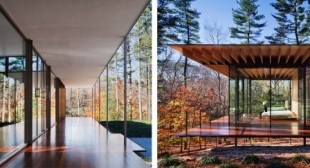
Scott Frances
Scott Frances was born to a New York city home filled with mid-century furniture, two older brothers and a lot of art on the walls and books on the shelves. His father was a creative director at an advertising agency, and his mother was an editor for decorating magazines. Therefore it is evident he had a very creative background. In Scott Frances’ childhood, he was mostly drawing and painting, often trying to copy Picasso’s. After completing his studies in journalism and art history at Northwestern University, he returned to NYC to work under the auspices of the legendary architectural photographer Ezra Stoller. It was during this time that he began to document the work of the great American modernist architect Richard Meier, a collaboration that spans three decades.
Scott Frances’ subject matter has always been rooted in architecture and the decorative arts, but as his work has evolved he incorporated people and animals into his images. He became more interested in the atmosphere of the spaces, certainly in their volume and quality of the available light, but also the touch, sound and smell, the mood. Frances never supplements the lighting, instead he shoots multiple exposures, and in photoshop he layers these exposures together to render an image that best captures the sensory experiences of being in the environment. The compositions and narrative themes in his work speaks to recurrent threads found throughout art history.
-
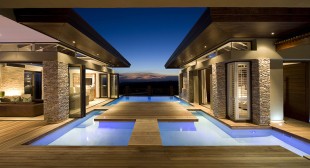
Karl Beath
Karl Beath started out as a landscape photographer before moving on to architectural photography. Karl found it, as a natural progression, the built environment within nature’s landscape, since both avenues follow similar concepts, only this time the architect is the creator. In his photographs he aims to capture their vision by using available light and careful composition, as with all his photography he strives to create an image so that the whole is a balanced sum of its parts. Composing and balancing the natural and built world with its numerous interacting planes, colours and light – enables him to convey the dramatic nature of the raw experience with one that is also pleasing to the eye.
